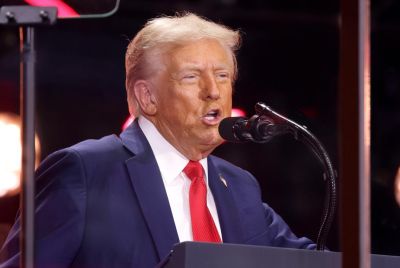The last days in Donetsk: Fear and carnage ripped through eastern Ukraine as ceasefire loomed

Thanks to the agreements in Minsk, today can be remembered around the world as the day the politicians in Ukraine and Russia turned away from World War III. Although Ukrainians are skeptical as to how long this agreement can last, at least it means the ferocious fighting of recent months is over – for now.
The fighting this week has been as ferocious as any seen during the crisis which has engulfed the Donetsk region. Far from being dampened by the discussions in Minsk, and the prospect of an imminent ceasefire, the two sets of combatants have hurled men and arms at each other, causing the deaths of dozens of ordinary civilians.
On 11 February, just hours before Vladimir Putin proclaimed a ceasefire in Belarus, fighters from the Donetsk People's Republic fired on a bus stop in Donetsk and the Donetsk metallurgical plant. As a result of the attacks, six people were killed and eight more injured.
Just hours earlier, Donbass militants fired 27 times on Ukrainian troops during night-time forays, most of them concentrated around Lugansk. This followed the occupation of a series of villages in Lugansk, and the destruction of a penal colony. Local residents were hiding in the basements; people wanted to escape from this hell, but they couldn't.
On the same day, 10 February, Donetsk fighters used a reactive fire system called Tornado, which is prohibited by international law. As a result, 17 people were killed, and 34 more injured. Meanwhile, the village of Kamyshnoe, near Lugansk, was attacked with artillery fire which came from Russian Federation territory.
"Artillery from Russia was previously taken to Lugansk and fired on Ukrainian cities. Then go back. And now they are shooting directly from Russia," said the governor of Lugansk region Gennady Moskal.
However, despite all these attacks, a regiment of the National Guard of Ukraine, called Azov, managed to recapture several positions in the direction of Novoazovsk in the final hours of the conflict.
Over the past few days, the soldiers scattered a few gangs into the territory, which was controlled by separatists from the Donetsk and Lugansk People's Republics. These forays captured three key locations, according to the Secretary of the National Security and Defense Council of Ukraine, Oleksandr Turchynov.
Yet, despite this crucial advance for the Ukrainian forces, the final days will remain as a grim reminder of the conflict which has ripped through eastern Ukraine. We can only hope these scenes are not revisited in the months ahead – but none of us are holding out too much hope.
© Copyright IBTimes 2025. All rights reserved.




















